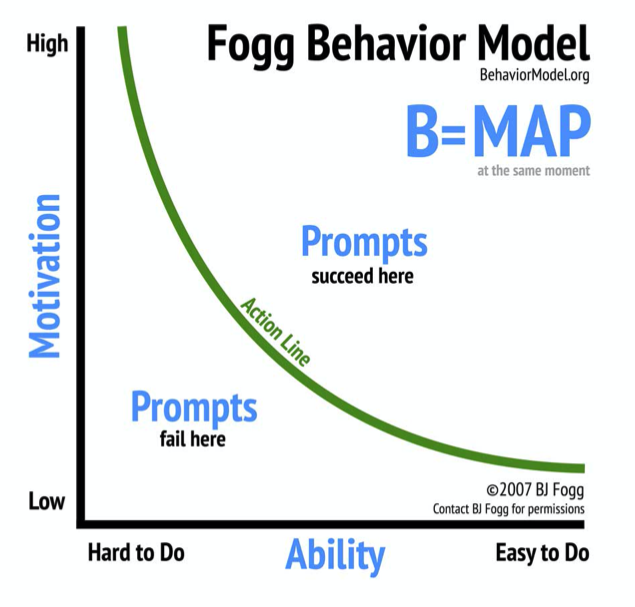
Product-Led Vs Sales-Led: An Introduction To Product-Led Sales
27 May 2021 • Strategy & Business Design
Product-led growth is putting your product at the center of your company. It is a strategy that uses the product as a channel to drive organizational Key Performance Indicators (KPI) such as sales, engagement, and reach. Product-led growth (PLG) is a strategy with the idea of developing a fantastic product, providing a world-class user experience, and adding to your product a viral loop.
Product-led growth (PLG), coined by Blake Bartlett of OpenView Ventures, is an approach to product strategy in which the product itself is the primary acquisition, retention, and expansion channel. Unlike other go-to-market strategies, product-led growth is an enterprise-wide action plan that informs sales, marketing, customer service, engineering, and product teams about how to measure success and contribute to growth. At OpenView, the Product-led growth model drives growth at the bottom of the funnel by investing in product experiences and solutions that help companies sell to existing customers and develop user advocates to drive new growth.
Becoming product-led requires a talented sales and marketing team, but the growth of product leaders is incompatible with a sales or marketing-oriented strategy. Not every company has a genuine product-led growth model, nor does it think about how to manufacture lead funnels for a product.
Product-led growth is often used by companies that aim for rapid growth because it lends itself to a larger top of the funnel and drives free test and freemium models, while competitors focus on building their sales organizations and product-led companies focus their resources on improving onboarding and serving customers.
Companies that focus on product-led growth let their product do the hard work of transforming and retaining customers. Companies that manage product-market fit and take advantage of product-led growth will be able to keep their acquisition costs low. Using PLG strategy can reduce the marketing budget a company needs for customer acquisition channels to build a product.
PLG has led to the success of many of the leading SaaS companies today (think Slack, Atlassian, Shopify) that focus on building products for end-users. It is a consumer-oriented growth model that relies on the product itself as the primary driver of customer acquisition, transformation, and expansion. Product-led growth is increasing, in part because potential customers prefer to experience a product or service first-hand and commit to informing sales and marketing about perceived value.
Product-led growth companies grow faster and have a lower average customer acquisition cost payback by default. They are not bound by labor-intensive lead generation, sales, and customer success processes which means they can remain on their scale in hypergrowth mode. SaaS companies of all shapes and sizes follow the Product-led growth strategy as a growth model. Companies based on the principles of PLG have an advantage over other companies by adopting the principles of product-led growth to improve the user experience and increase the efficiency of launch.
Product-led SaaS companies usually rely on a free trial revenue model that allows users to experience their product without having to work through sales and marketing middlemen. Companies that adopt this approach achieve a lead bumper and a conversational bumper because they need to provide human assistance to ensure that users achieve the first meaningful result (aha-moment) in a timely manner.
Product-led growth requires a whole new way of thinking about the customer journey and how a company can turn a product into an amazing communication platform that customers fall in love with.
The Fogg Behavior Model can help with the PLG strategy by emphasizing the importance of onboarding users. The customer-centric team is the direct and indirect substitute for the customer experience, and product management must establish standards and set metrics to pursue a growth strategy for the product.

Product-led growth is an alternative to the go-to-market strategy of using your product to acquire, activate and retain customers. The process of digesting the insights derived from each department. Each product-led growth strategy is an action plan that helps the acquisition, retention, and expansion of accounts. The difference between product-led companies and sales-oriented companies is that they use their product to carry heavy loads.
Product-led growth can be an intimidating concept for long-established sales, marketing, and customer service professionals. For a company trying to figure out how to shift sales to an existing product-oriented model, there have been several attempts to the contrary: the introduction of a Product-led growth model to the existing sales-oriented models. Even for companies whose leadership fosters product-oriented growth, it can be difficult to allocate time and resources in the cycle of product improvement, experimentation, and hiring to deploy a PLG. You’d think that something as simple as a free trial on the site would give the product a new onboarding flow, but that would be a rude awakening to the reality.
Interested in learning more about product-led growth? Check out what Marko writes about the go-to-market questions and key metrics regarding PLG.
References and sources:
- Moving From a Sales-Led to a Product-Led Company: The First Mile
- Product-Led Growth Fundamentals
- Growing Sales in a Product-Led Company
- What is product led growth?
- What is product-led growth? – Sales-led and marketing-led had their time. The future is product-led growth.
- Here’s How Audiense is Making the Transition from Sales-Led to Product-Led
- Sales-led, product-led, founder-led, and marketing-led: The 4 major growth strategies and what’s best for your business
- Product led growth, explained
- What is Product-Led Growth? Theory, Examples & Resources
- The difference between a product-led, sales-led & marketing-led approach
- Introduction to Product Led Sales
- What is Product-Led Growth? (Definition and Examples)
- Gainsight’s Product-Led Growth Strategy






